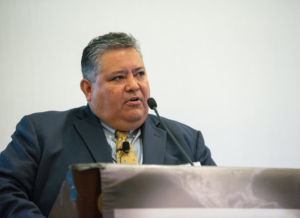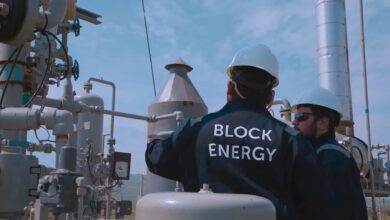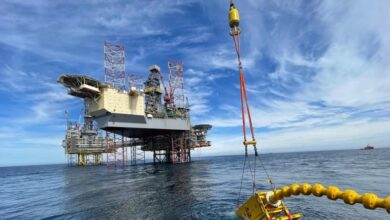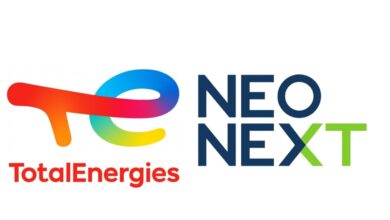Chesapeake empowers employees for drilling optimization with new Fast Tool Box
By Sarah Junek, Associate Editor
The right metrics can empower and provide accountability to teams striving to reach certain performance goals. Chesapeake Energy’s Fast Tool Box gives employees access to an integrated set of real-time drilling and business metrics, setting the company culture around this new, high-performance tool.

To help integrate accountability and efficiency and solve problems across the various departments of the organization, the company recently developed the tool box as a collective space to store and access key analysis in a more strategic way, “so that anybody at any time could know whether we are winning or losing,” said Bill Martinez, Vice President of Operations with Chesapeake Energy at the IADC Drilling Onshore Conference and Exhibition in Houston on 16 May.
Chesapeake expects to drill 350 wells across several basins in 2019, with four rigs in South Texas, four in Brazos Valley, two in the Gulf Coast, one in the Mid Continent, two to three in Appalachia North and five to six rigs in the Powder River Basin.
The Fast Tool Box has a dashboard of data panels from which to select, including a nonproductive time scorecard panel where employees can track nonproductive causes by rig, year, basin, and category of task. This constantly updated tool provides a real-time talking point to track progress, suggest changes and constantly identify the areas with the most opportunity to improve.
In an effort to drive performance, the company’s operations support center is now much more integrated and collaborative within the organization, said Mr Martinez. The center puts together drilling roadmaps that provide optimum drilling parameters for every foot drilled. “I believe we are still just scratching the surface on how we can leverage all of the data that our rig sensors are constantly feeding in every day,” he said.
The new toolbox is a main initiative of Chesapeake’s recently added FAST Optimization Team, which was created to work in real time and across departments in order to improve operations. The tool is also used at the field level, by superintendents and consultants at the rig sites, said Mr Martinez. Options on the panel include a look at quarterly business results, how rigs are performing on cost per foot, on cycle time and on nonproductive time. “We have an AFE generator that basically takes the time it takes engineers to write an AFE and cuts it to a fraction,” said Mr Martinez.
It also has a rig move process panel to help coordinate moves with checklists and communication lists from rig release to spud so that all of the company’s best practices around rig moves are updated and accessible in one space.
“Only when you empower the people that know and do the business every day can you really get the results that you need,” said Mr Martinez. The toolbox has put the performance measurements and accountability for them in the hands of each employee, so post-execution review is now more ongoing and available across the organization.





